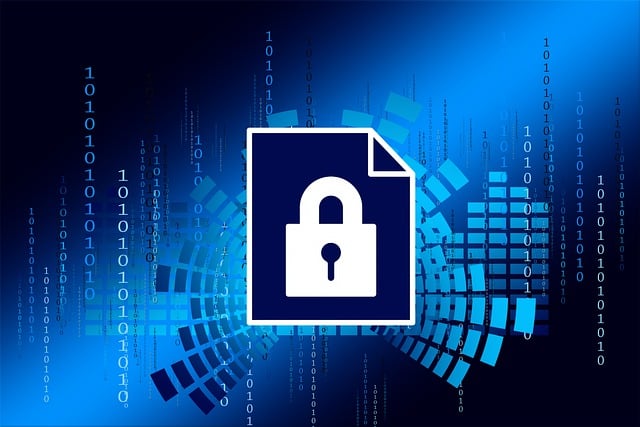Today data represents the greatest business value regardless of its activity field. Successful operation involves ensuring high-quality data interaction and usage (financial statements, medical records, business plan, etc.). At the same time the risk of data leakage increases making it critical to ensure proper data protection.
There are 2 types of data that companies own:
- Critical business data – data sets needed for a full-fledged activity (financial plans, production reserve, intellectual property, trade secrets, etc.);
- Company confidential – information about employees and their salaries, clients, contracts with partners, medical history, etc.
It’s inappropriate to waste resources and try to protect every folder and file without taking into account their contents. An adequate cybersecurity strategy should provide differentiated protection of information assets – photos from company party are not critical business information and don’t require strong protection.
Reasons to focus on data security:
- Data breach involving data integrity damaging or theft. Leaks can be caused by hackers cyberattacks; theft or loss of devices with important information; data theft by employees or other internal users (contractors, partners, etc.); human error.
- Compliance with regulations. Compliance requirements also contribute to data security (GDPR, CCPA) by regulating personal data collection, storage and usage. Non-compliance is subject to fines that can reach up to 20 million euros or 4% of the company’s annual turnover for the previous financial year.
- Cloud security. The pandemic has triggered a massive transition of companies to the cloud to provide employees with the ability to work remotely. Earlier data security strategies focused on protecting systems where sensitive information was stored. With the move to the cloud, such information is stored beyond traditional boundaries. Organizations need to have data security strategies in place to prioritize data based on its privacy level.
- Lack of cybersecurity specialists. This situation results in a limited ability to mitigate data breach risks, detect threats, and respond to attacks.
Key features of a data security strategy:
- Identification – identifying and capturing cybersecurity risks of systems, people, assets, data and capabilities;
- Protection – implementing appropriate security controls and other measures to protect critical assets;
- Detection – ensuring rapid detection of actions and events that pose a threat to data security;
- Response – procedures for rapid response to cybersecurity incidents;
- Recovering – actions aimed at quickly restoring data and services.
Technologies that help to protect data
- Data discovery and classification – scan data repositories and provide results to avoid storing sensitive data in insecure locations. Data classification is the process of labeling data with tags to protect data according to its value and regulatory requirements;
- Data encryption makes it «unreadable» and useless for attackers;
- Dynamic data masking (DDM) – the method includes real-time data masking;
- User and Subject Behavioral Analysis (UEBA) – the main task of the technology is to identify suspicious activity that indicates a threat. The technology is useful for identifying insider threats and hijacking accounts;
- Change control and auditing – accidental and malicious unauthorized changes to IT systems can lead to downtime and disruption. This technology allows to quickly detect incorrect configurations;
- User Identity and Access Management (IAM) provides management of regular and privileged user accounts, as well as control user access to important information;
- Backup and recovery – the ability to quickly restore data as a result of accidental or malicious data deletion, server damage, targeted attack, etc.
